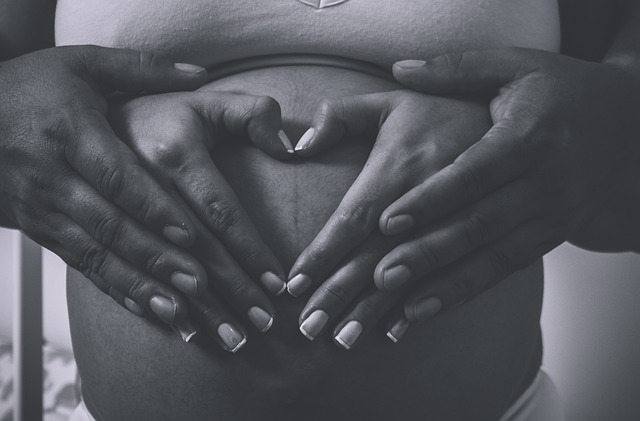Divorce is a challenging and emotional journey that impacts everyone involved, particularly the children. While it might seem that remaining together for the sake of the kids is the best solution, sometimes the healthiest option is for parents to part ways. This can create a more loving and stable environment for children, allowing them to flourish.
Many parents grapple with the decision to separate, often prioritizing their children’s well-being above their own. My former partner, Alex, and I reached the conclusion that our separation would ultimately be in the best interest of our children; by doing so, we could provide them with a nurturing atmosphere consistent with our values, even if it meant living apart.
During the divorce process, parents are often engulfed in feelings of grief and uncertainty. However, both parties tend to focus on what will benefit their children the most, striving to make the transition to their “new normal” as smooth as possible, regardless of age.
A report from Global News indicates that preschoolers going through a divorce adapt more effectively when they have joint custody, as opposed to spending the majority of their time with just one parent. Research demonstrates that children who share time equally with both parents exhibit fewer behavioral issues and emotional difficulties. Previous beliefs suggested that young children should primarily reside with one parent due to the complexities of transition. However, a recent study involving over 3,500 Swedish children aged 3 to 5 revealed that those with joint custody were better adjusted than their peers who lived mainly with one parent.
The essence of co-parenting is that if parents can collaborate on parenting strategies during significant life changes like divorce, the children will experience less stress and navigate the situation more positively. Parenting expert Clara Johnson emphasizes that children feel secure when their parents provide consistent messages, expectations, and routines. Kids, regardless of whether they are 3 or 13, thrive on stability, and they need to know what to expect, even if it involves moving between two households. If they lack this, they’ll expend considerable mental effort trying to understand their circumstances.
Children do not have a say in their parents’ separation, which can be a tough adjustment for them. However, parents can ease this transition by prioritizing their children’s needs above their differences. This is often easier said than done; Alex and I have faced our own challenges in co-parenting while living apart. Nevertheless, Clara advises keeping the long-term perspective in mind: consider how you want your children to feel a year from now and how they will reflect on their childhood in the future. This mindset can help navigate minor disagreements more effectively.
Ultimately, our children must remain our top priority, and sometimes the best scenario for them is for their parents to live separately. Establishing joint custody and maintaining open communication can provide the necessary stability during a turbulent time. This approach not only promotes their happiness but also helps them manage their emotions. It’s reassuring to know that children can thrive in such an environment, irrespective of their parents’ relationship status. For those of you facing similar situations, remember that you are not alone.
For further insights on parenting options, you can also explore this authoritative source on this topic. Additionally, if you’re considering family planning options, check out this excellent resource on pregnancy and home insemination.
In conclusion, while divorce is undoubtedly difficult, joint custody emerges as a viable solution that can foster a supportive environment for preschool-aged children, helping them navigate this life change with resilience.
